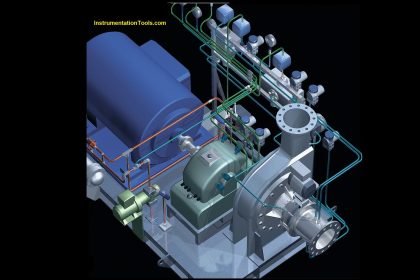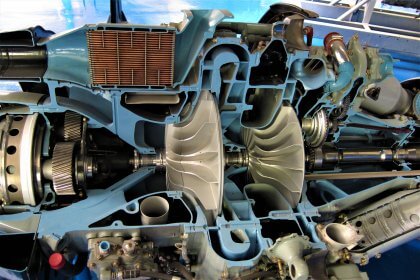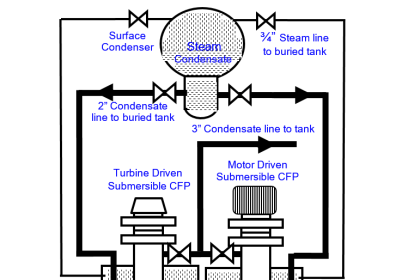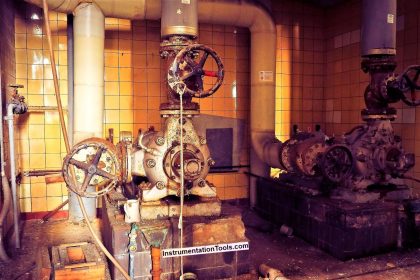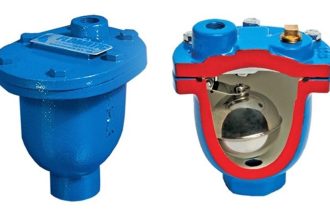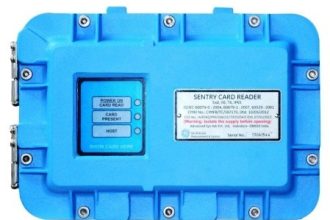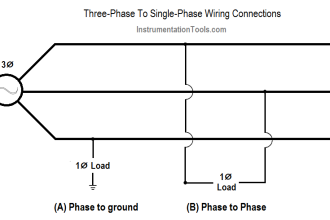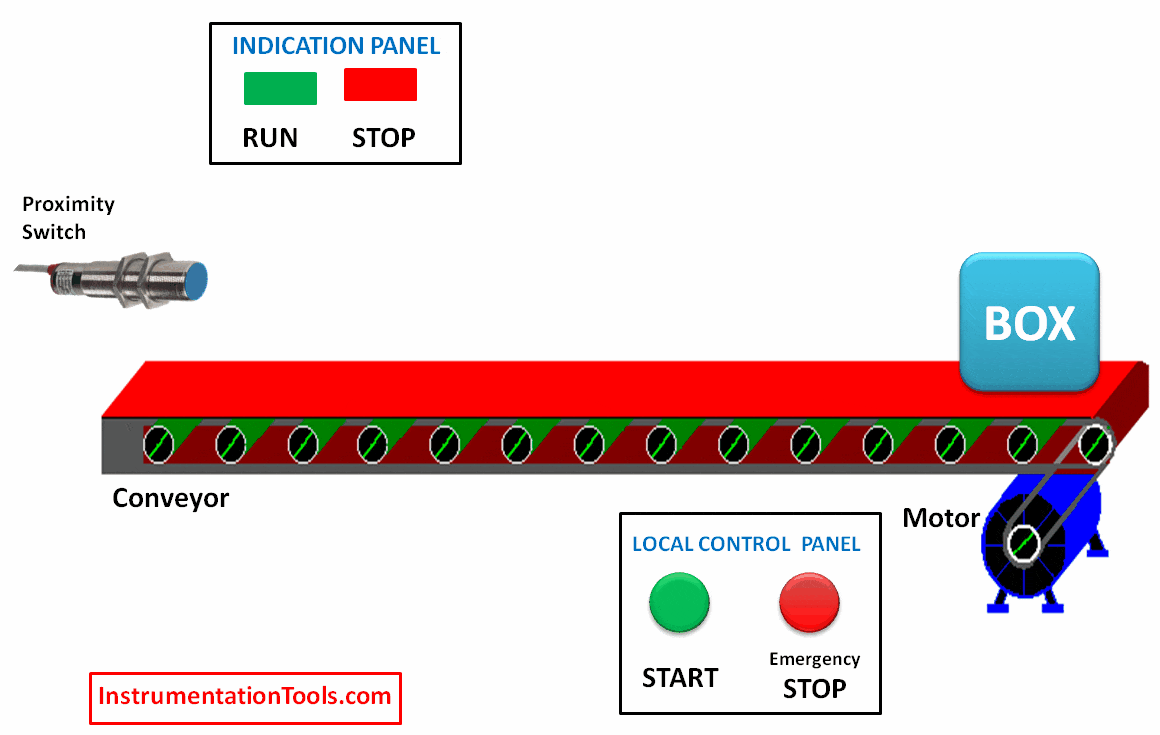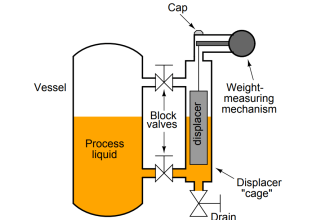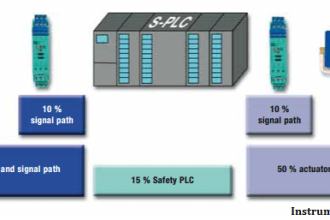Instrumentation engineering root cause analysis (RCA) of failed letdown valve as it leads to urea plant shut down for several hours.
| Article Type: | Root Cause Analysis (RCA) |
| Category: | Instrumentation |
| Equipment Type: | Control Valves |
| Author: | S. Raghava Chari |
Note: This root cause analysis (RCA) is from real-time scenarios that happened in industries during the tenure of two or three decades ago. These articles will help you to improve your troubleshooting skills and knowledge.
Introduction
Reactor outlet Control Valve PCV 205 lets down 220 bars of effluent into the 20‑bars first flash separator.
The author from other users’ feedback had stocked a spare valve, two inner valves (IV; plug + stem assembly), and two-seat rings.
He named the spare valve PCV 205 (S), to tell it apart from the original PCV 205.
Failed Letdown Valve Problem
After commissioning 3 weeks, Hi-Hi reactor pressure tripped the plant: still, many relief valves popped and created a chaotic situation.
Post chaos quelled inspection found a hundred percent open PCV 205 scale reading indicated that the reactor pressure control system functioned properly, yet the reactor hi-hi pressure trip and chaotic plant shutdown (SD).
From this, the author concluded: detached plug → the flow close design seated it on the seat → reactor overpressure → hi-hi trip shutdown the CO2 feed compressor and the liquid NH3 and carbomate feed pumps → yet the popped relief valves and chaotic SD
Immediate Solution
The crew replaced the failed PCV 205 with PCV 205 S in 8-hours; unscrewing the rust frozen 3” CS screwed flanges from PCV 205 and screwing these on PCV 205 S delayed the task by 1½ hours.
Crew dissembling the PCV 205 at the shop found
1) unscrewed and detached plug from the 1 to ¾” NF threaded stem step;
2) corroded stem and plug threads.
Root Cause Analysis
The author’ Root Cause Analysis is:
- The admitted passivating air into the feed stream is unable to reach the stem to plug thread crevices; hence the threads corrosion and high stem to plug cavity clearance
- Consequently, flow turbulence fluttered the plug severely; eventually, the plug to stem securing pin sheared and the plug detached from the stem.
- Flow position the plug on the seat – flow close design control valve (CV) – and stopped the flow; hence, the catastrophic overpressure caused plant shutdown (SD)
Remedial Steps
Fearing a quick problem repeat the author readied PCV 205 ASAP using the spares. In addition, he got shop-made CS flanges screwed to PCV 205 to avoid the last occasion delay.
The author asked all to find a plug to stem joint strengthening or other methods to be free of the problem forever.
Read Next: Repeat Failures of Valves
Author: S. Raghava Chari
Do you face any similar issues? Share with us through the below comments section.
If you liked this article, then please subscribe to our YouTube Channel for Instrumentation, Electrical, PLC, and SCADA video tutorials.
You can also follow us on Facebook and Twitter to receive daily updates.
Read Next:
- Valve Positioners Failed
- Errors and Faults in Siemens PLC
- Electrical Engineering Problems
- Pressure Taps Block Valves Leaks
- Unstable & Drifting Values of Transmitter
